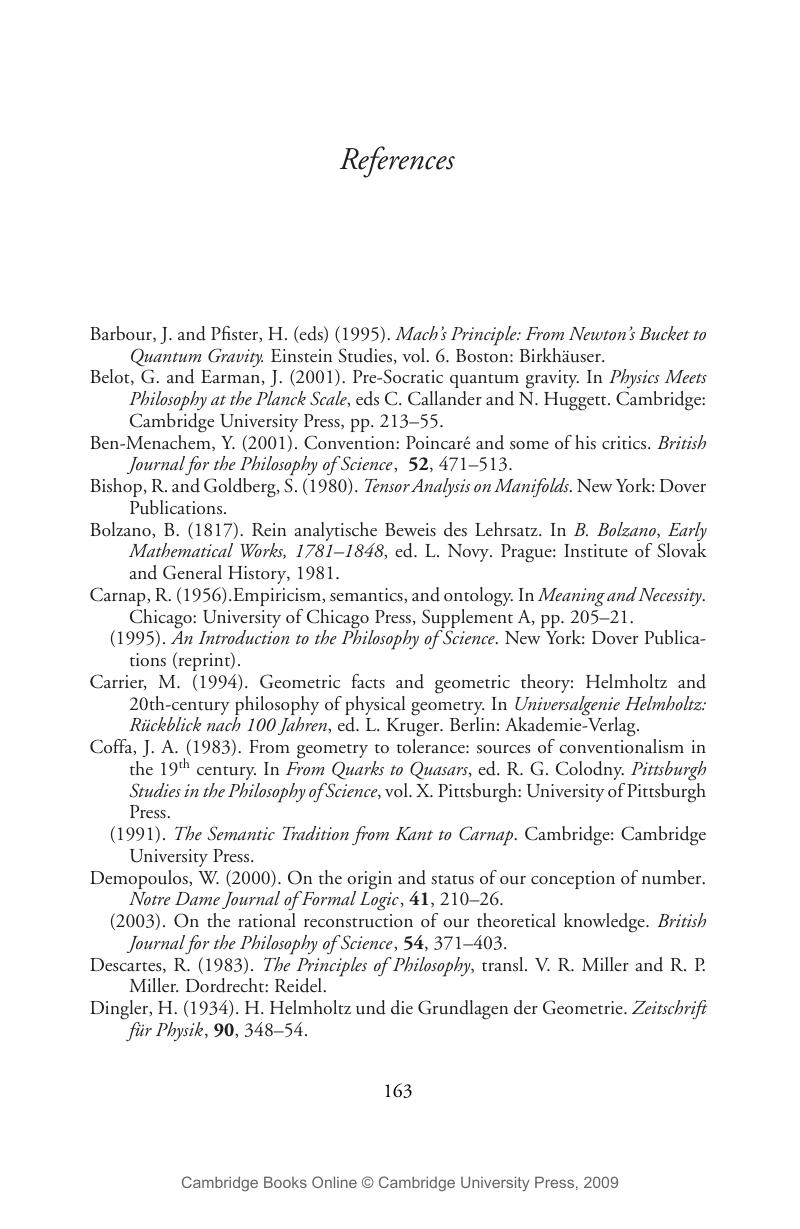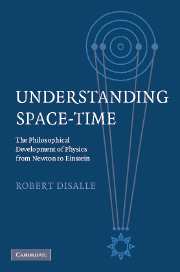References
Published online by Cambridge University Press: 22 September 2009
Summary

- Type
- Chapter
- Information
- Understanding Space-TimeThe Philosophical Development of Physics from Newton to Einstein, pp. 163 - 170Publisher: Cambridge University PressPrint publication year: 2006

